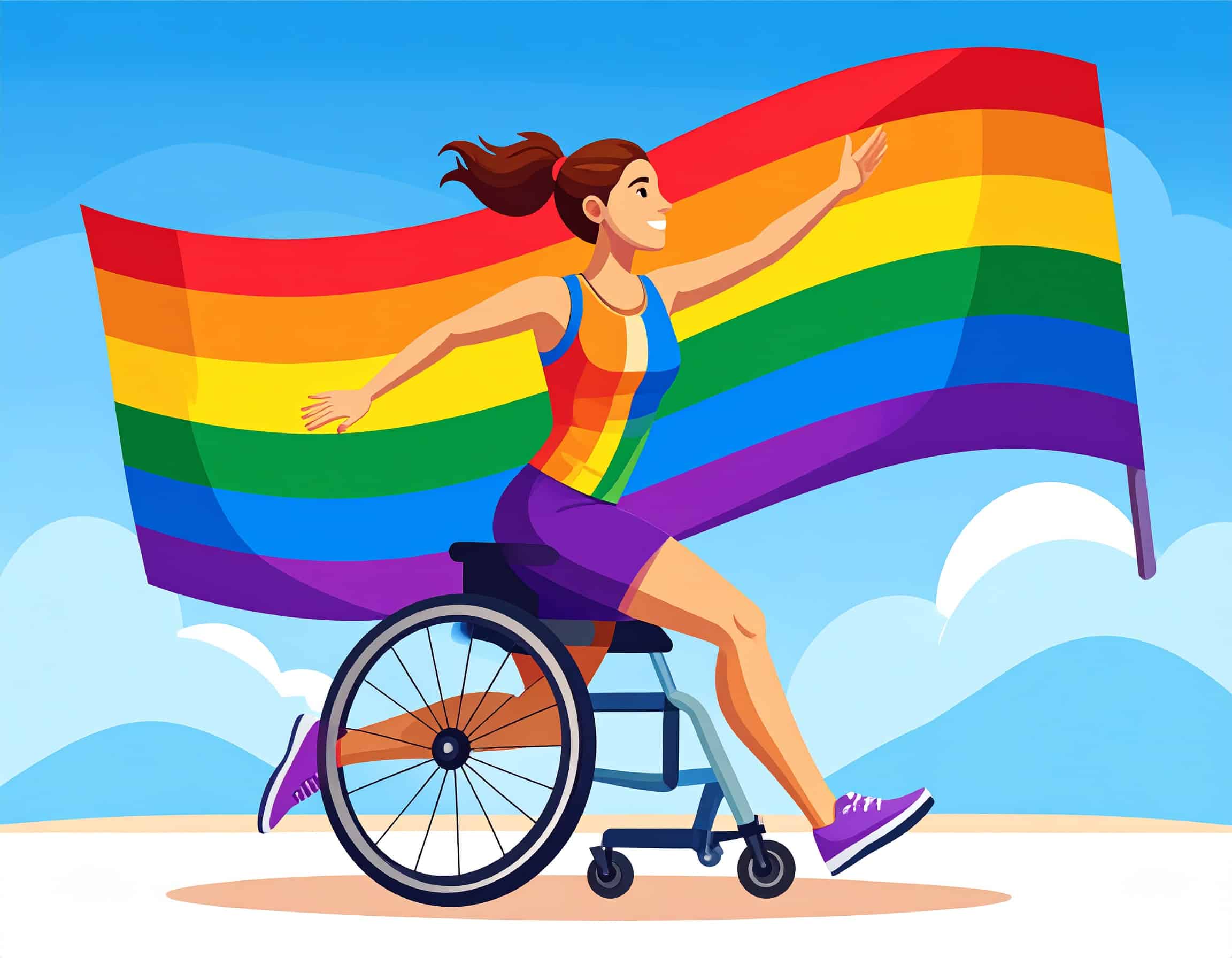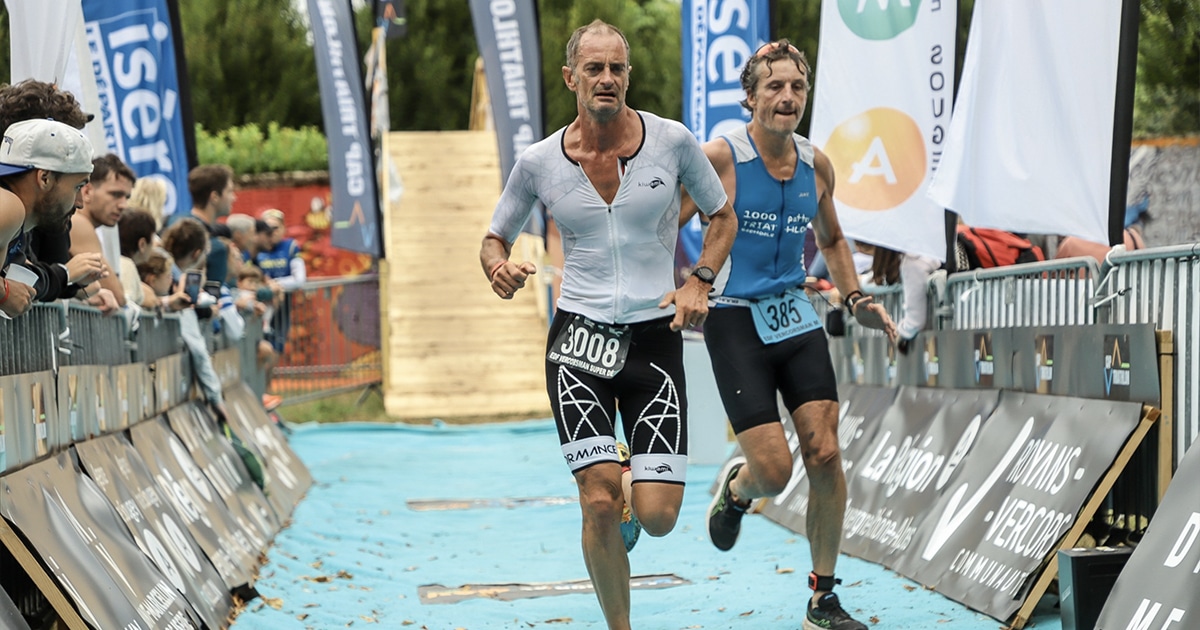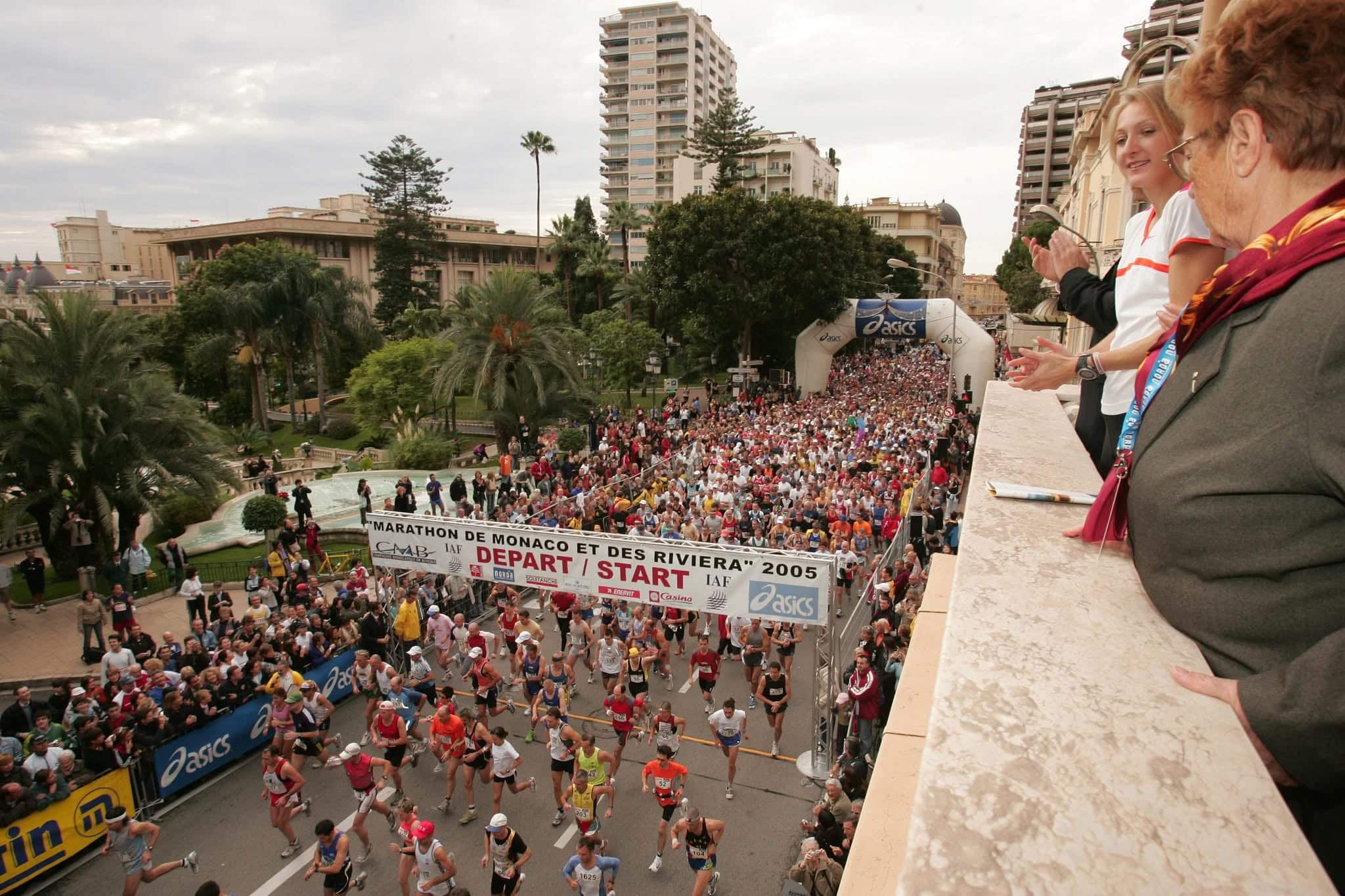Para-athletes, Trans, and Non-Binary Runners: Rethinking the Marathon for Everyone
If running is universal, why are some people still excluded from so many races? Despite decades of tradition and codified rules, the world of running is still struggling to open up. Between para-athletes, transgender identities, and non-binary recognition, inclusion remains a marathon in itself.
On paper, the marathon looks like the great equalizer. Same start line, same distance, same 26.2 miles shared by thousands of bodies moving toward the same goal. But behind that image of universal unity lies a harsher truth: the world’s most mythical race still excludes many. Para-athletes remain confined to the Paralympics, while transgender and non-binary runners face binary rules and endless debates over testosterone levels. And yet, running should be enough.
Running doesn’t exist in a bubble. It mirrors the tensions and fractures of society itself. Integrating wheelchair athletes, recognizing trans identities, or adding a non-binary division inevitably challenges traditions. But as visibility grows, inclusion becomes more natural. “The more visible we are, the easier acceptance becomes — because it will feel normal,”says Mélanie Perrin, president of Front Runners Paris, an LGBTQIA+ running group.
Some races have already understood this. The New York City Marathon introduced an official non-binary category in 2021, won by Cal Calamia, a transgender teacher and runner. In San Francisco, runner Mimi Hensel explained after finishing: “It’s not why I run, but it lets me show up without betraying who I am.” These still-rare initiatives prove inclusion isn’t a utopia — it’s already happening.
| Para-athletes: The Paralympic Momentum That Has Yet to Spread
Many hoped the Paris Paralympic Games would mark a turning point in France. The emotion, the visibility, the promise of a legacy… Yet outside the global spotlight, para-athletes still struggle for a place in marathons. Categories exist here and there, but often as symbolic gestures — as if wheelchairs or prosthetics disrupted the flow of the race.
« A disabled person is just an able-bodied person who doesn’t know it yet. And an able-bodied person is just a disabled person who doesn’t know it yet. »
Géraud Paillot, French marathoner living with multiple sclerosis
In the U.S., events like Boston and Chicago have long embraced wheelchair divisions with dedicated starts and media coverage. France has made progress, but there’s still a long road ahead.
Géraud Paillot — paraplegic, but as determined as any runner — advocates for a shared model rather than a segregated one. “Inclusion means running the same course, together.” He’s completed several marathons in an exoskeleton and laughs when told his goals are impossible. “Every time someone says ‘You can’t do that,’ I tell them, ‘Okay — then help me figure out how to make it possible.’”
For him, disability doesn’t define an athlete — it coexists with their identity. Late last August, through his non-profit Aventure Hustive, he organized the first solidarity marathon at Mont Saint-Michel, a symbol of endurance and shared humanity.
| The Return of “Gender Tests”: A Step Backward
Inclusion debates go far beyond disability. Another battle — just as heated — runs through athletics: gender identity. While some wheelchair athletes still fight for visibility, others are being scrutinized, tested, and even excluded in the name of “biology.”
The issue intensified after World Athletics introduced new regulations in 2023 requiring some female athletes with “high” testosterone levels to undergo medical treatment or compete in other events.
This year, gender testing made a controversial comeback at the 2025 World Championships in Tokyo, despite being banned in France. “The return of gender testing by World Athletics is a disgrace — it’s like going back to the 1960s. It’s pure transphobia and intersexphobia,” denounces Hélène Germain, co-president of the French LGBT+ Sports Federation (FSGL).
« Before being a trans athlete, I’m an athlete. Period. »
Halba Diouf, transgender sprinter originally from Senegal and now representing France
Despite meeting Olympic qualifying standards, Diouf has only been allowed to compete at the local level. “Gender testing was banned decades ago, and now we’re bringing it back? We’re going backward,” she says.
Her words cut deep: “It’s 2025, and we’re still testing women’s bodies. What even defines a ‘legitimate’ body? Why are men’s bodies never questioned?” She points out the absurdity: “My testosterone level is below 0.10 nmol/L — lower than that of a cisgender woman — and I’m still under suspicion.”
As Perrin reminds us, “Athletic performance isn’t defined by chromosomes or testosterone. It’s shaped by a whole ecosystem: social background, coaching, mental strength, environment, physiology.”
| Associations on the Front Line
With institutions slow to move, community organizations are taking the lead. The FSGL now unites 59 associations and nearly 9,000 members across France. “Our mission is simple: to make sport accessible to everyone, regardless of gender identity, sexual orientation, ability level, or health,” explain Hélène Germain and Alexandre M. Ansault, the federation’s vice president.
Their work goes far beyond leisure sports. “We collaborate with the Ministry of Sports, local governments, and federations to drive awareness and education. To change sport, you first have to change mindsets.”
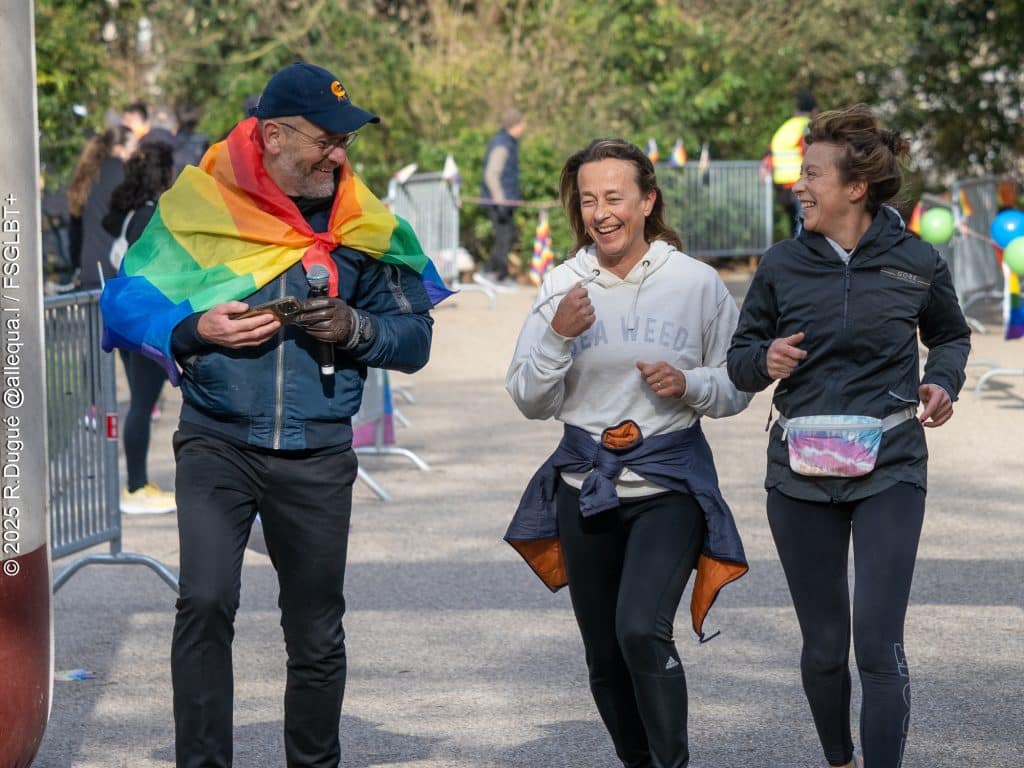
During the Front Runners Paris Valentine’s Day Race, more than 1,200 participants choose between three categories: male, female, and non-binary. “When a race flies the rainbow flag, everyone knows what it means — you’re welcome here,” smiles Perrin.
And these inclusive events inspire others. “The TIP, the EuroGames, and the Gay Games all show that another kind of sport is possible — one where every participant defines their own identity and category,” adds Germain.
| Sport as a Catalyst for Change
Géraud Paillot also views sport as a driver of transformation. He calls himself “a low-level athlete,” not chasing medals but meaning. His challenges speak louder than any podium: completing a marathon standing in an exoskeleton, organizing a team event at Mont Saint-Michel, inspiring those who thought effort was behind them.
For him, technology isn’t a gadget — it’s a bridge. “The exoskeleton lets me move again, walk with others, rebuild confidence in everyday life.” Resilience, he says, is built step by step, by embracing one’s fragilities. “Technology allows us to do things we never imagined — and it’s only the beginning.”
« If they don’t adapt, they’ll lose members. Society is already moving forward. »
Hélène Germain, co-president of the LGBT+ Sports Federation
To Paillot, mental strength is what truly carries you across the line: “Without mental control, I’d never have finished a marathon in the exoskeleton.” His philosophy, simple yet powerful: “Dream big, believe in it — I never stopped.”
| What Comes Next
A decade ago, inclusive marathons were almost unheard of. Today, about ten races worldwide have adopted non-binary or inclusive categories — and more are on the way. “We’re planting seeds, and little by little, they’re growing,” says Germain.
Revising registration categories, rethinking locker rooms, respecting pronouns, treating para-athletes as full competitors — these aren’t radical demands. They’re just the next logical steps.
In the end, the athletes’ request isn’t revolutionary. They’re not asking for special treatment — only the right to run without having to justify who they are. Bib on the chest, sweat on the forehead, lungs burning — just another runner among thousands. One start line. One finish line. And between the two, the full spectrum of humanity in motion.
➜ Check out the marathon calendar
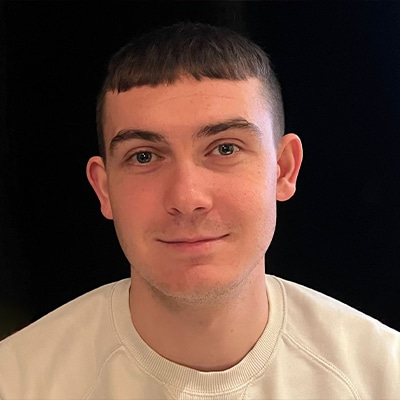
Dorian VUILLET
Journalist
